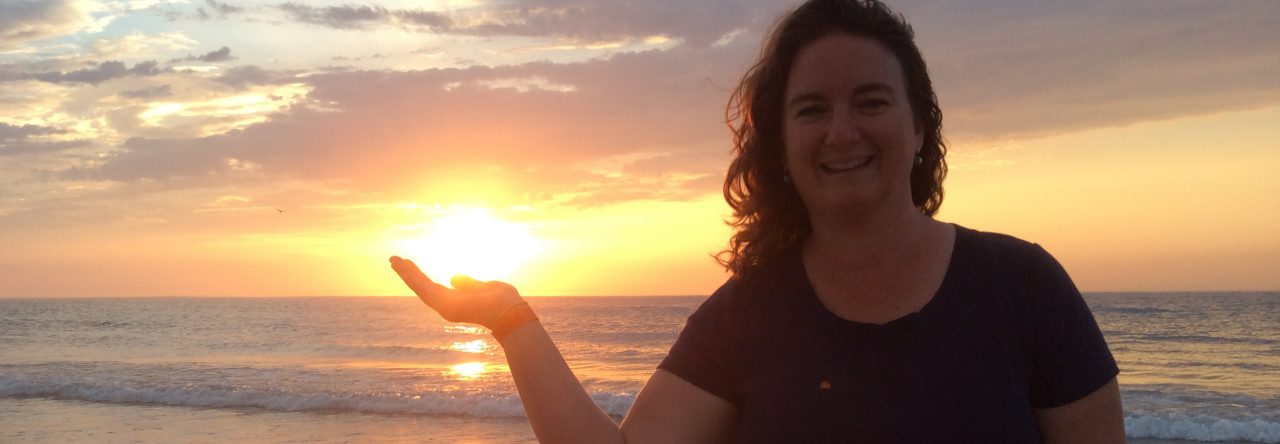
Imagine in your mind a preschool classroom and likely you immediately think of a busy, noisy, and chaotic room filled with little people running to and fro. Then imagine that you are a “quiet child”, what does this busy classroom look like to you?
As an early childhood educator, I want to ensure that my classroom is welcoming and inviting to ALL children. So as I design my classroom and set up my learning centers I want to ensure that there are spaces that are offer privacy and quiet for children to go to seek solitude. This might be the writing center that is sized for just two children at a time or a listening center with only two headsets. This might also be a small table in a corner of a classroom set up with a felt board or puzzles that invites just a couple of children at once.
The expectations of these private and quiet areas are explicitly taught to the children. We work towards learning not to interrupt children who are playing in these areas, that our voices are softer, and that we call all have a turn in the area when space allows.
These quiet and private spaces are not used as a punishment, and staff don’t send children there as time out. Rather these spaces are seen as an oasis that children learn to enjoy to select on their own. I share information with parents about how we use these spaces and encourage them to create a similar area at home.

In addition to spaces for two children I also like to create an area that is designed for one child. I call this space “Tucker’s House” and introduce it after reading the book “Tucker Turtle Takes Time to Tuck and Think”. Tucker teaches young children in an age appropriate way how to manage his anger when things don’t go well. Including the soft turtle puppets and calm down toys are two other tools that support this area of the classroom. “Tucker Turtle” is a scripted story from the Center on the Social and Emotional Foundations for Early Learning, which can be downloaded for free at this link: http://csefel.vanderbilt.edu/resources/strategies.html

I believe that creating these spaces for privacy and quiet help to empower children to know that when they feel like they need to take time to themselves that they can. Often I find that children retreat to these quieter areas and observe what is happening in other places in the room. It is important that we remember that about one third of the population is ‘introvert’ and that it is not our role to make children more extrovert.
One of the best books that I have read in my career is “Quiet: The Power of Introverts in a World That Can’t Stop Talking.” This book really helped me understand that our ‘quiet children’ do not lack energy and are not missing social skills. Instead we need to honor introverts for who they are and that means that we create space for them to be in the role of observer, time to be reflective, and support in finding quiet amongst a busy classroom environment.

Pingback: Setting Up a Quiet Space Outdoors – April's Teaching Tree